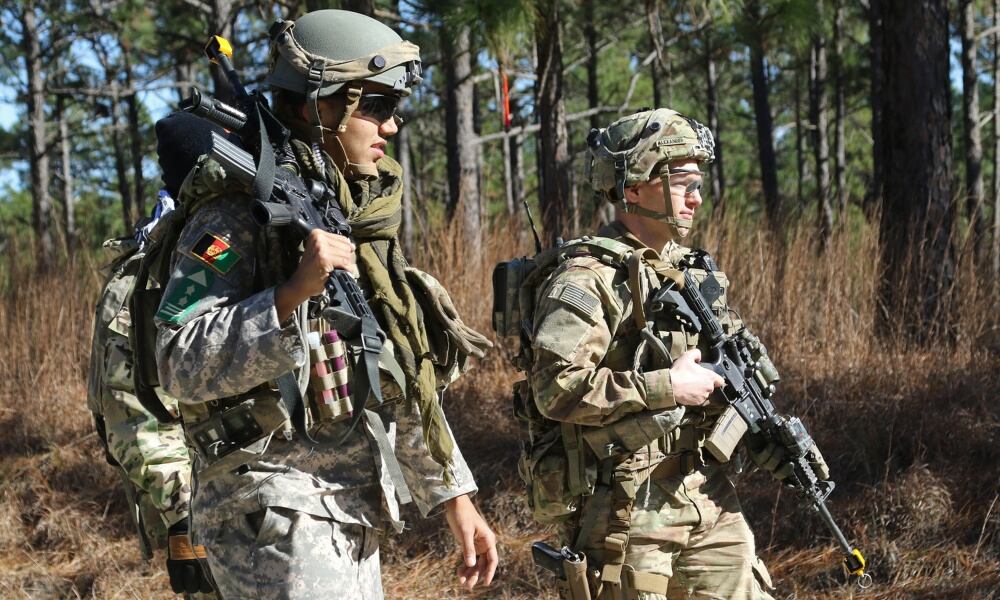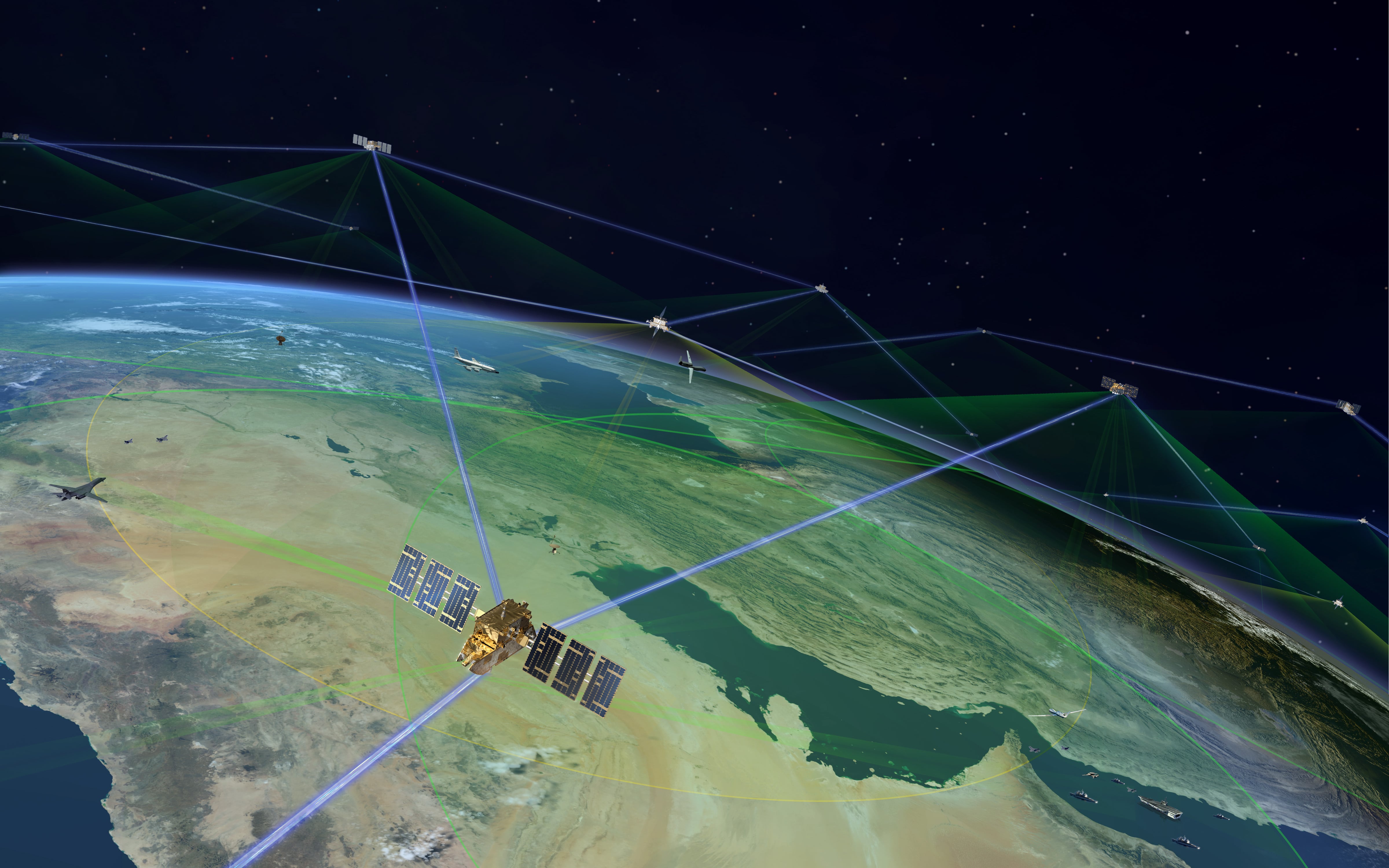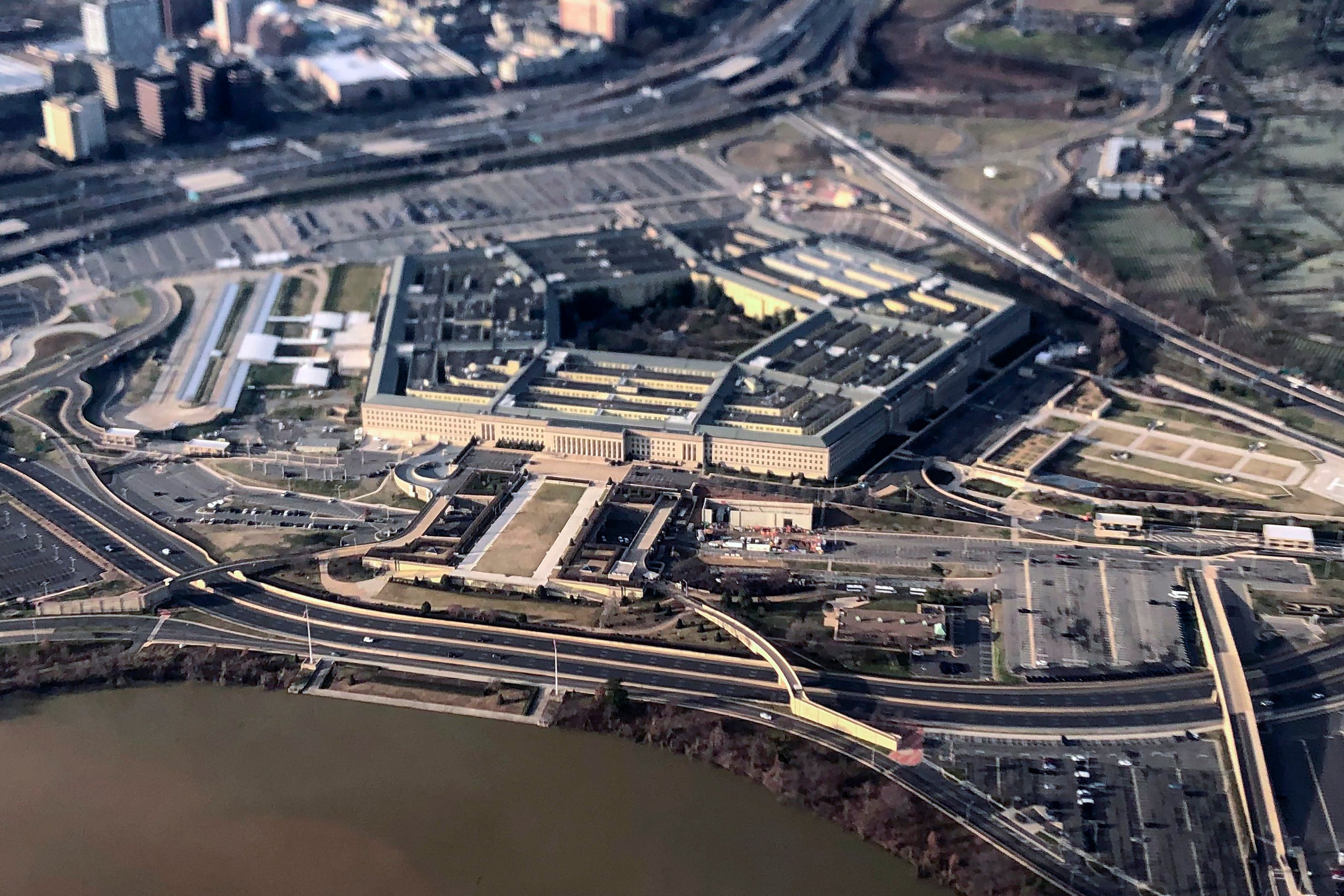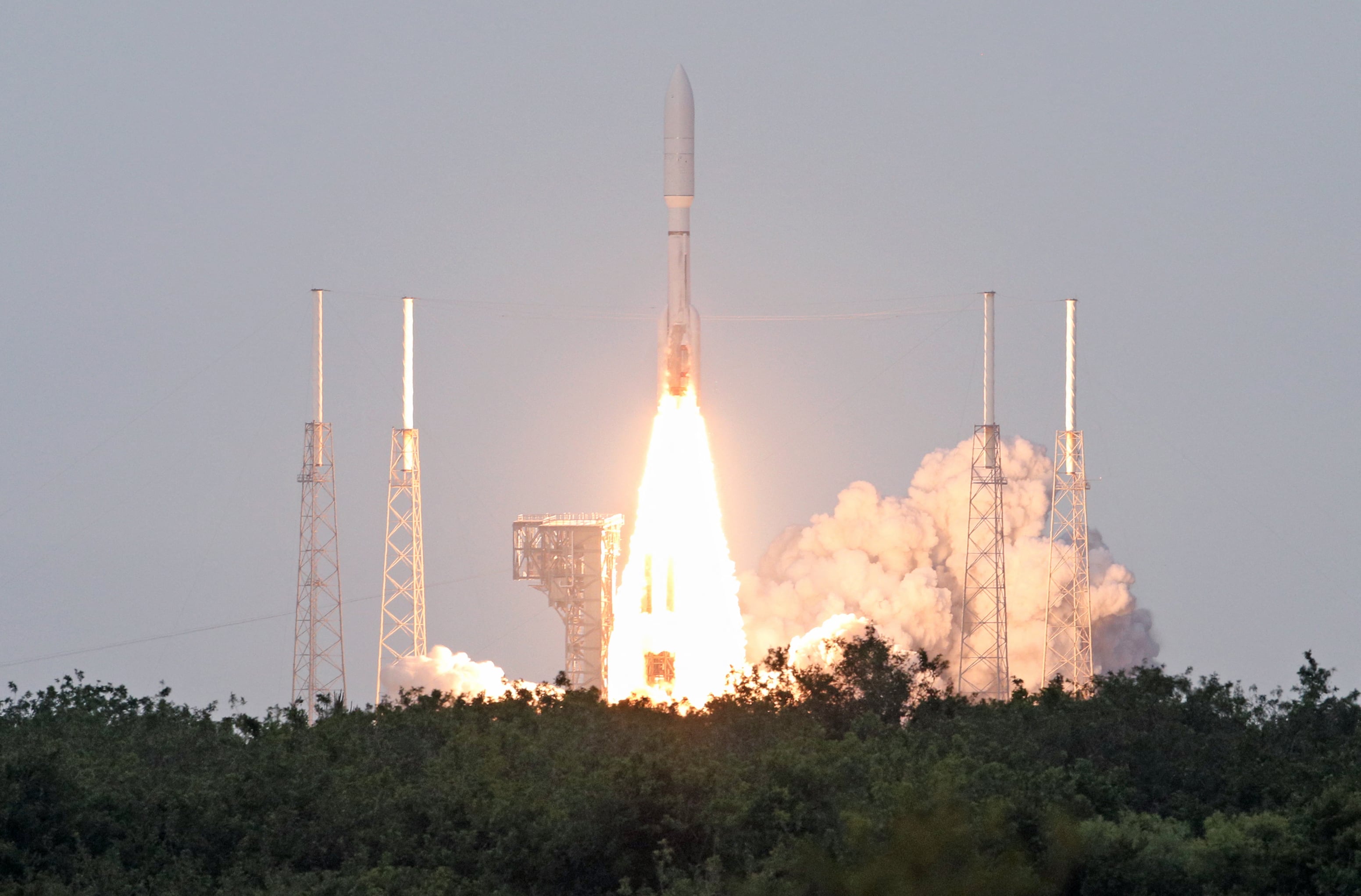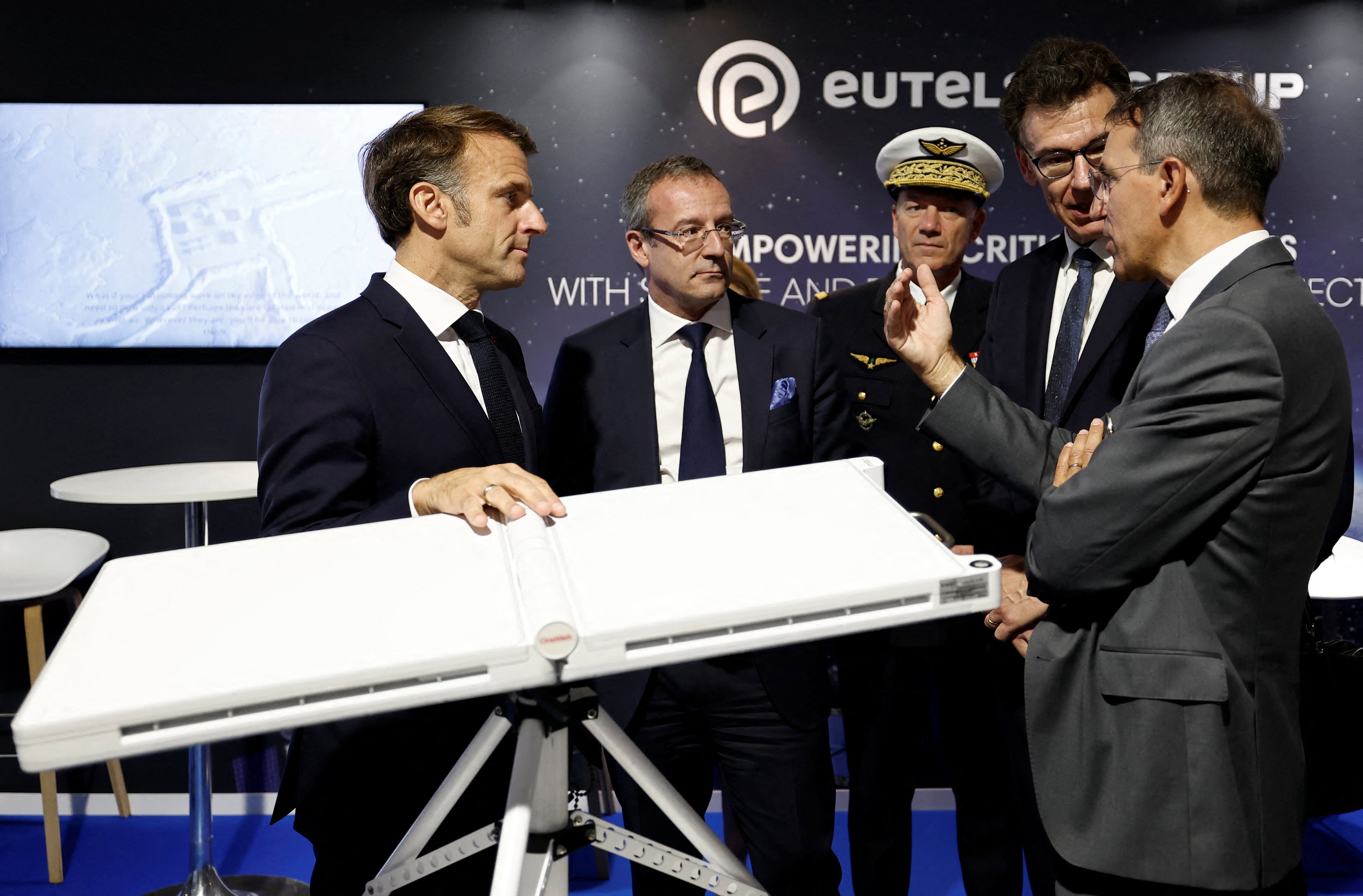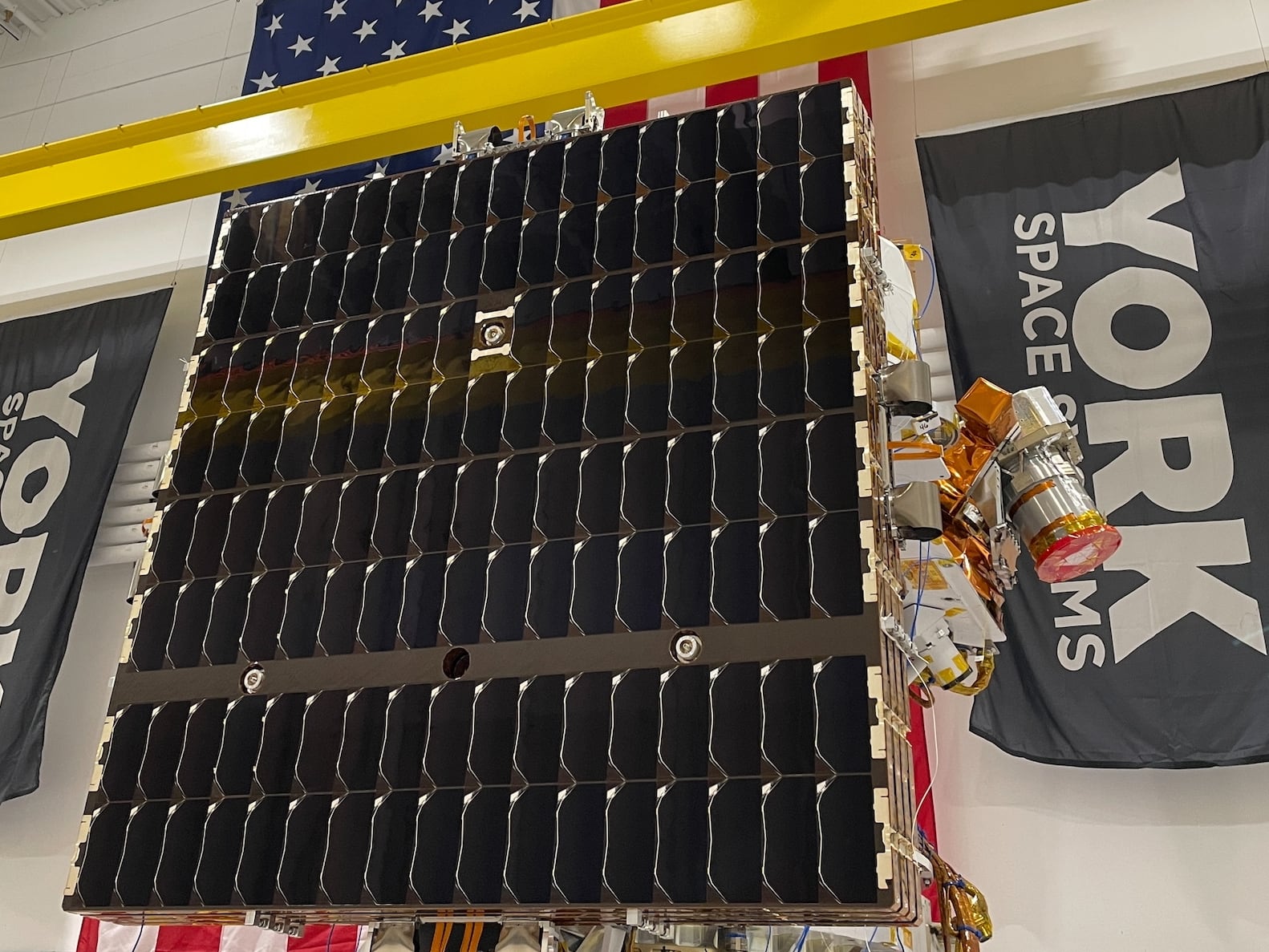Because the Army’s newly established advise-and-assist brigade – headed to Afghanistan in the spring – is a specialized unit, naturally, it requires a specialized communications and network architecture.
These capabilities need to be “deployable, reliable, self sustaining to a degree,” the brigade’s commander Col. Scott Jackson, told C4ISRNET during a recent visit to the unit’s training at the Joint Readiness Training Center at Fort Polk, La. “The manner of our operation is decentralized and distributed.”
Similarly, the brigade’s communications officer noted that there are three critical factors needed from a network and communications perspective in order to do their mission. Those factors are:
♦ Agility. This means getting systems up quickly and pushing secure voice and data down to the team level that can also reach back to headquarters.
♦ Scalability. Because teams are dispersed across the battlefield, they need to be able to scale capability depending on the size of these dispersed teams. More teams and more dispersed personnel means scaling capability to support them.
♦ Expeditionary. Teams need to be able to put systems onto helicopters or vehicles and to move them quickly and then set them up fast.
Two of the systems that enable these capabilities include the Secure Internet Protocol Router Network/Non-secure Internet Protocol Router Access Point, or SNAP and the Global Rapid Response Information Package, or GRRIP.
SNAP ground satellite terminals provide satellite communications to small units at remote locations where they might be barred from using terrestrial radios given distance or terrain concerns.
GRRIP is provides secure beyond-line-of-sight voice, video and data communications to early responders without the local network infrastructure that offers global communications connectivity.
GRRIP fits in a transportable suitcase similar to an airplane carry-on while SNAP must be transported via vehicle or helicopter. The GRRIP can be up and running in 15 minutes while for higher echelons, SNAP can be up in 45 minutes.
Maj. Tony Nocchi, the brigade’s communications officer, told C4ISRNET that these teams need secure voice and beyond line of sight capability. Much of what they’ll be using is line of sight comms as they accompany Afghan National Army personnel on a variety of missions in austere environments.
Additionally, the teams would also like voice over various means, chat capability, situational awareness.
Depending on the mission and the types of capabilities that will be afforded to U.S. personnel, the team also could leverage a few situational awareness technologies.
From a vehicle mounted perspective – and much of Afghanistan is vehicle based – they’ll have access to Joint Battle Command-Platform, or JBC-P, a satellite networked, vehicle mounted blue force tracker with touch-to-zoom maps and drag-and-drop icons and interoperable with Nett Warrior.
Sometimes, they might have to get out of their vehicles and patrol on foot, at which point they’ll turn to Nett Warrior, which provides the location of friendly forces and other mapping data.
While this wasn’t his first training exercise using Nett Warrior, Rux said this unit is his first time using it. “It’s actually fairly easy to use. It takes a little bit of time to get used to like any new system,” he said.
Given that many of these teams are going to be widely dispersed, usability is an important factor.
“Usability is pretty important especially because [of] not having the depth of 25 soldiers,” Nocchi said. “Usability is pretty key because we’re getting a lot of capability and we’re handing that stuff to people who have never seen it before. Like the GRRIP. We’re trying to take some of the systems that you would see in other unconventional units because they’re very easy to use and we’re trying to move them into our unit so that when they get their hands on it they’re comfortable with it,” he added.
They’ve also offered training to help soldiers get more comfortable with certain systems.
Baseline capability
While there are certain baseline comms capabilities at each echelon, Nocchi said the teams are still learning. The benefit of going to JRTC is to test what they had originally planned for baseline capabilities and adjust as needed.
“As we come to places like JRTC and we get to operate, we see ‘Okay. This is what we thought was the baseline, now we need to adjust,’” he said.
One example is line of sight communication.
We’ve been able to leverage a lot of line of sight comms that when we go forward and do a mission, we’re probably not going to have,” Nocchi said. “The reality is we’re going to be very reliant on beyond line of sight comms and we’re going to still look to ways we can build that capability in and take what we have and improve on it.”
This also includes systems such as Nett Warrior. “How do we push that beyond line of sight with more capability? Not that the battalions and brigade are going to want to micro manage the teams that are out there but they’re going to want situational awareness of what’s going on,” Nocchi said.
Mark Pomerleau is a reporter for C4ISRNET, covering information warfare and cyberspace.
